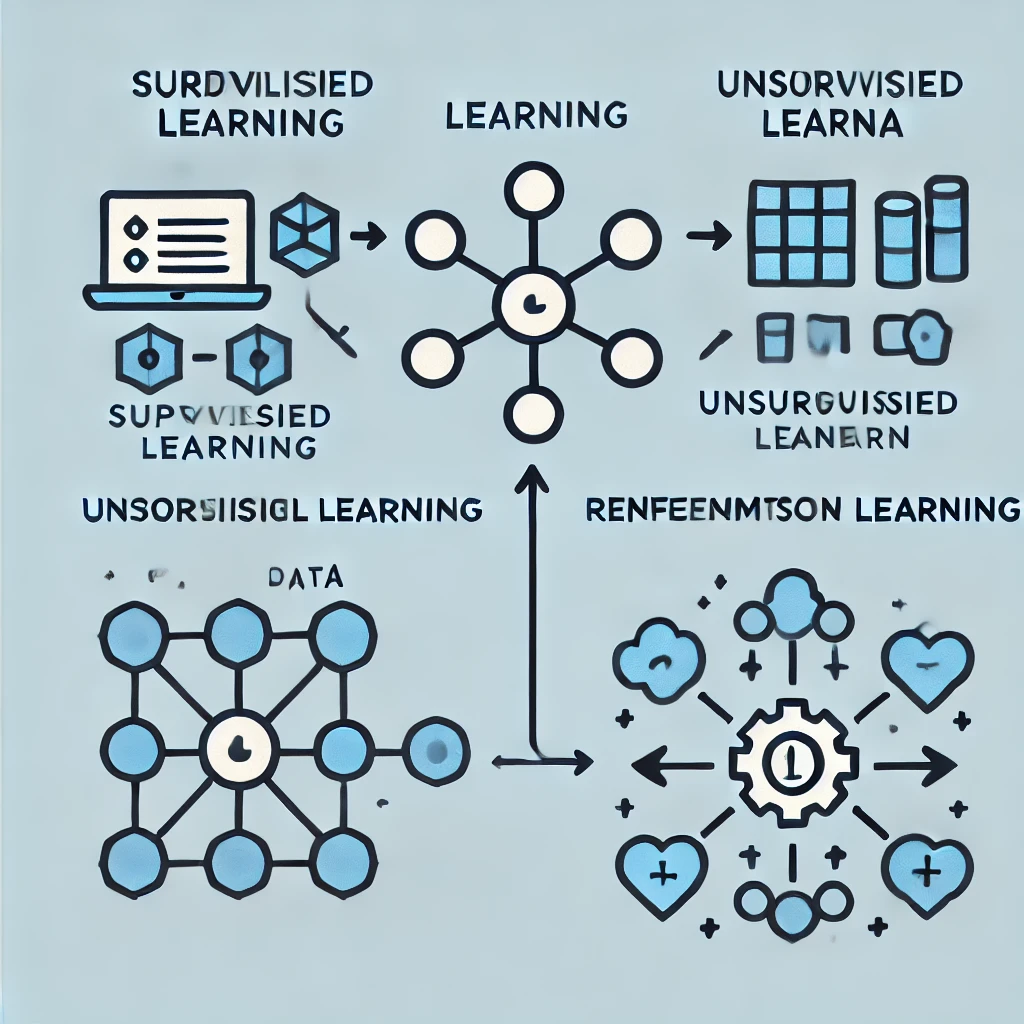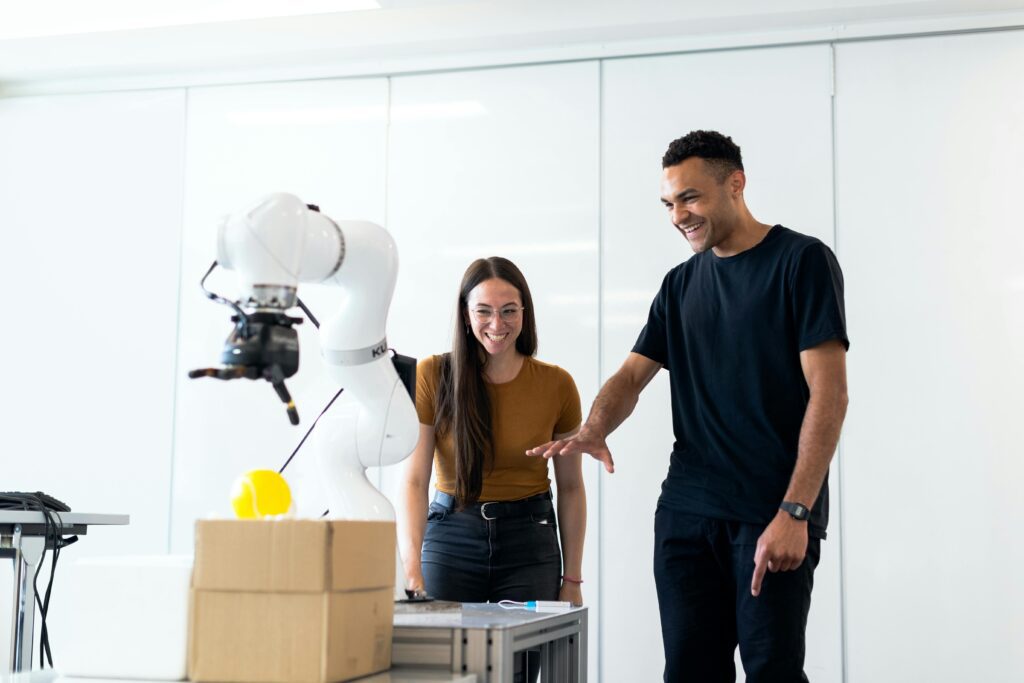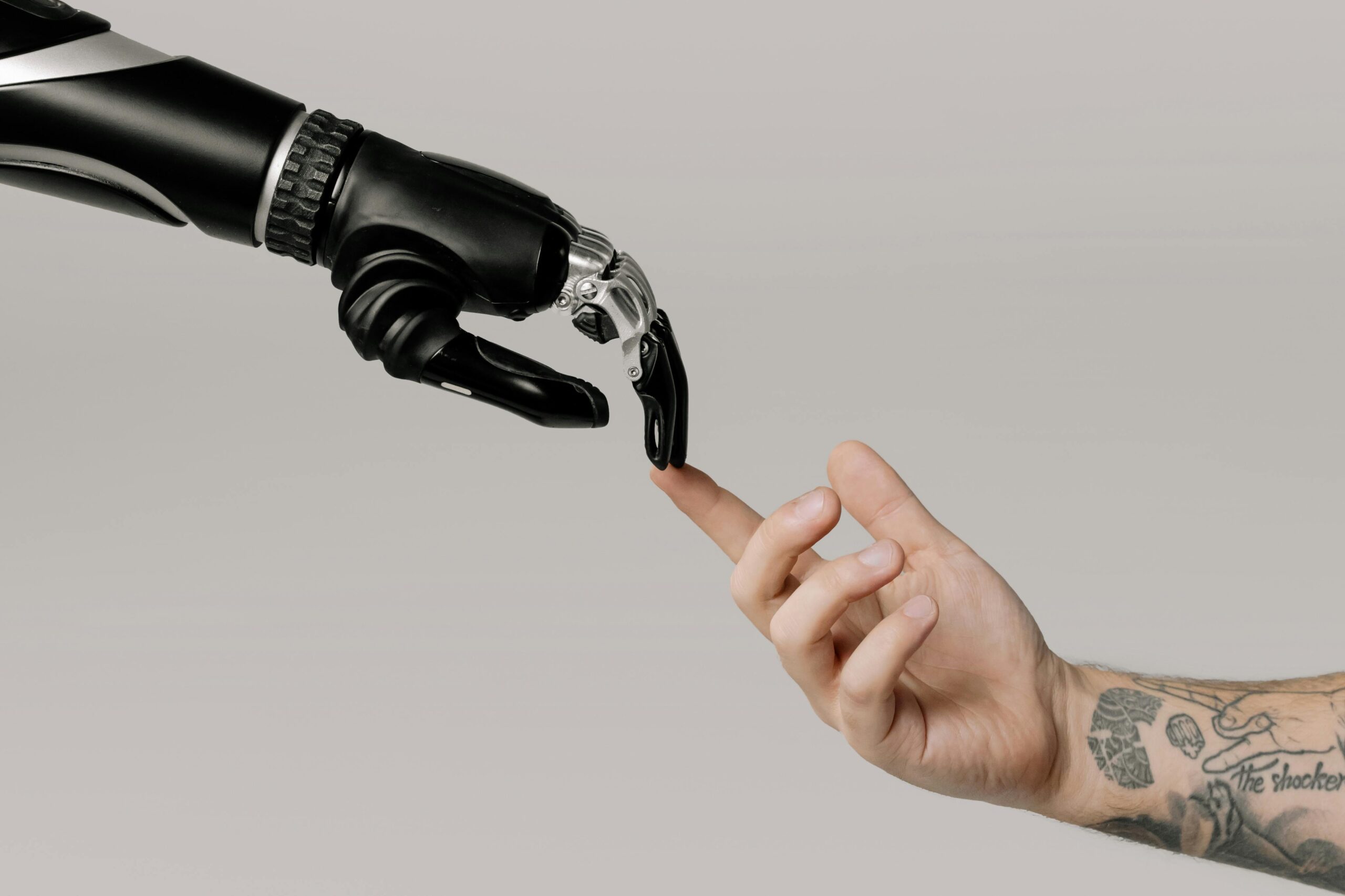Artificial Intelligence (AI) is one of those buzzwords that we hear all the time, but have you ever wondered what actually happens behind the scenes to make it work? Whether it’s helping your smartphone understand your voice, curating your music playlist, or making predictions in complex industries, AI is everywhere. In this blog, we’ll dive into the background on artificial intelligence—explaining, in simple terms, how AI systems learn, adapt, and make decisions.
1. It All Starts With Data
When discussing the background on artificial intelligence, it’s important to note that everything starts with data. Think of AI as a highly skilled chef, and data is the raw ingredient. Without a rich variety of quality data, AI can’t make much progress. In fact, data is the fuel that powers AI systems.
When we talk about AI’s “background,” we start with data collection. This data comes from everywhere: social media, sensors, websites, apps, and more. But before AI can even begin to learn from it, the data has to be cleaned and organized. That’s where data preprocessing comes in—removing any errors, gaps, or irrelevant details to make sure AI has the right information to work with.
2. Machine Learning: The Brain Behind AI
At the core of the background on artificial intelligence lies machine learning (ML). You’ve likely heard of machine learning before. This is the part of AI where the magic really happens. Essentially, AI is trained using data and learns to make decisions based on patterns it discovers. There are a few main ways this learning can happen:
- Supervised Learning: This is like learning with a teacher. The AI is trained on a dataset that already has the correct answers. It sees examples, understands the relationships, and then applies what it has learned to new, unseen data.
- Unsupervised Learning: Here, there’s no teacher, and the AI has to figure out patterns all on its own. It’s often used to group data into clusters, which is handy in fields like customer segmentation.
- Reinforcement Learning: Imagine a child learning to ride a bike. They might fall a few times, but they get back up, learning from each mistake. Reinforcement learning works in a similar way, rewarding the AI when it makes the right decisions and “punishing” it for incorrect ones.
These machine learning methods are crucial to the background on artificial intelligence and allow AI to improve over time without human intervention.

3. The Role of Neural Networks
A crucial component of the background on artificial intelligence is neural networks, which are the brainpower behind many AI models. If AI were a human brain, neural networks would be the neurons firing in the background. These networks are made up of layers—much like how a baker layers ingredients to create a complex cake.
Here’s how it works:
- The input layer is where the AI receives raw data (for example, an image).
- The hidden layers process this data, each layer performing specific calculations to recognize different features (like shapes, colors, or textures in the image).
- The output layer produces the result, whether it’s identifying the object in the image or predicting a future event.
This system of layers mimics the human brain’s way of processing information, making neural networks one of the most powerful tools in AI.
4. Training: Where AI Learns From Its Mistakes
Training an AI model is kind of like training an athlete. At first, the system may struggle to make accurate predictions, but with enough practice (repeated exposure to data), it starts to improve. This improvement happens through a process called backpropagation.
Backpropagation is a method that adjusts the AI’s internal settings whenever it makes an incorrect prediction. Over time, through trial and error, the system becomes more accurate and confident in its results.
Think of it this way: if the AI is trying to recognize a cat in a picture, every time it makes a wrong guess (like calling it a dog), backpropagation helps it “learn” from its mistakes, so next time it gets it right.
5. AI Deployment: From Lab to the Real World
After training, AI models need to be deployed, which is just a fancy way of saying that the system moves from a development environment to real-world use. Whether it’s used in your favorite shopping app or in self-driving cars, deployment ensures that the AI is functional, fast, and scalable.
Deployment often involves using cloud platforms like AWS or Google Cloud, which can handle large amounts of data and real-time requests. These platforms allow AI models to be accessible for anyone, anywhere, without the need for massive infrastructure on your end.

6. AI Keeps Learning: Continuous Improvement
One of the most exciting elements in the background on artificial intelligence is that the learning doesn’t stop after deployment. AI systems have the ability to continually improve based on new data. This is called continuous learning.
For example, an AI-powered recommendation engine on a streaming service might start off by suggesting shows based on your viewing history. But as it gathers more data about your preferences over time, the recommendations get smarter and more personalized.
Challenges of AI Development: It’s Not All Perfect
While AI can seem almost magical, it’s not without its challenges. From ethical concerns like bias in AI models, to data privacy issues, developers have a lot to consider when building AI systems. There’s also the cost of training AI models, which requires a lot of computing power (and a hefty electric bill!).
One of the biggest ongoing challenges is transparency—understanding exactly how AI arrives at its decisions. Many neural networks operate as “black boxes,” meaning even their creators don’t fully understand how they come to certain conclusions. This is an area where research is ongoing, with the goal of making AI more interpretable and trustworthy.
Wrapping It Up: The Hidden World of AI
Artificial intelligence isn’t just an abstract concept—there’s a massive amount of technology working behind the scenes to make it all happen. From gathering data to training neural networks and continuously learning, AI systems are an intricate blend of algorithms, data, and computational power. Understanding the background on artificial intelligence gives us insights into how these technologies function seamlessly.
Next time you talk to a voice assistant, watch a recommended video, or get a personalized product suggestion, remember that there’s a complex web of processes running behind the curtain to make that interaction as seamless as possible. AI is reshaping the world, and now you have a better understanding of what’s going on in the background to make it all work.







